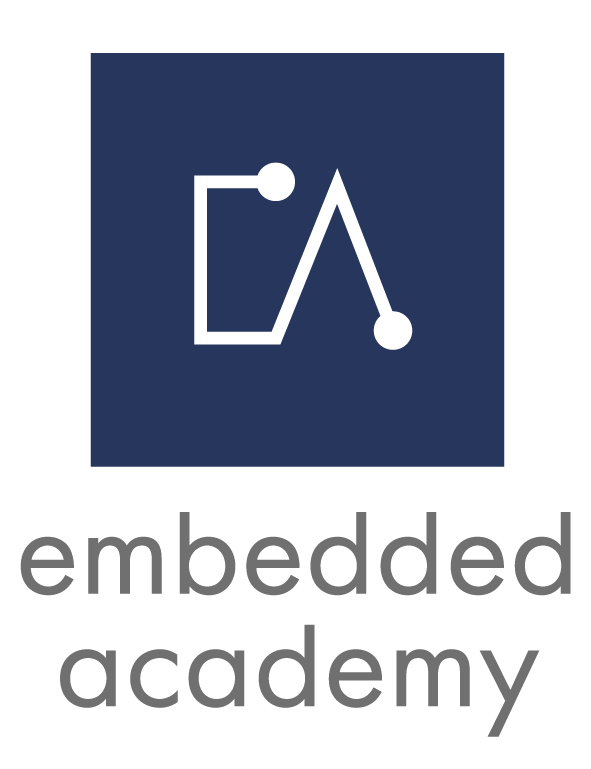E-Learning Course V4.0 ASPICE – 1 – Overview
Content
E-Learning V.4.0 Automotive SPICE® – Measurement Framework (35 min)
- Reasons for the Implementation of Automotive SPICE®
- Capability Levels
- Rating Scale
- Process Capability Level Model
E-Learning V.4.0 Automotive SPICE® – Process Assessment Model (40 min)
- Assessment Indicators
- Process Reference Model
E-Learning V.4.0 Automotive SPICE® – Example “Project Management” (25 min)
- Example “Project Management”
Target
The target of this course is to understand V4.0 ASPICE and to get to know the purpose of this standard.
This e-learning is for those who are considering the possibilities of implementing V4.0 ASPICE in their projects, who need to implement V4.0 ASPICE or who join a project where the Automotive SPICE® standard is already implemented.
Trailer
Insights
Course Content
What Is ASPICE?
The name Automotive SPICE®, or ASPICE for short, now stands for “Automotive System Process Improvement and Capability Determination” as of version 4.0. Previously, the abbreviation was defined as “Automotive Software Process Improvement and Capability Determination”. ASPICE is a standard in the automotive industry and has defined its own process reference model (PRM) and process assessment model (PAM).
Automotive SPICE distinguishes between two levels: the process dimension and the maturity dimension. The maturity dimension defines six process capability levels, ranging from 0 to 5. In the process dimension, the current version 4.0 of the ASPICE standard defines 32 processes. The changes between the previous version 3.1 and the current version 4.0 are significant. A considerable number of new processes have been defined and the number of processes in the acquisition process group and the supply process group has been significantly reduced. New process groups have been defined for machine learning and validation.
Why Is ASPICE Needed?
ASPICE is an established automotive standard that clearly describes several processes and output information items. It thus not only supports structured and therefore effective work, it also supports a clear communication by the standardized vocabulary and thus is reducing misunderstanding. Automotive SPICE creates traceability in the development process. This standard is demanded by customers when awarding projects and is also specifically monitored during the ongoing process. This means that certification in accordance with ASPICE is a must in the automotive industry. To this end, companies must provide evidence of the work performed and have their processes approved by auditors.
How Is ASPICE Related to Embedded Systems?
ASPICE describes the development process of embedded systems in the automotive environment. It covers the processes of system development, software development, hardware development, and machine learning as well as processes supporting those activities such as supplier monitoring, product release, supporting processes, management processes and more.
What Can You Learn About the ASPICE Concepts in the Embedded Academy E-Learning?
The course “V4.0 ASPICE Overview” is structured into three e-learning units and provides you with a general knowledge about Automotive SPICE.
The first e-learning presents a motivation for using Automotive SPICE and covers the process dimension of the process assessment model. It focuses in particular on the measurement framework. The most important aspects of the measurement framework are the capability levels, the process attributes and NPLF rating scale.
The second e-learning provides an overview of the contents of the process dimension of process assessment model. In this e-learning, the process reference model is explained in detail.
Finally, the concept of the standard is explained by using the project management process an example. This e-learning provides detailed information about the process purpose, the process outcomes, the base practices and the output information items.
You must log in and have started this course to submit a review.
